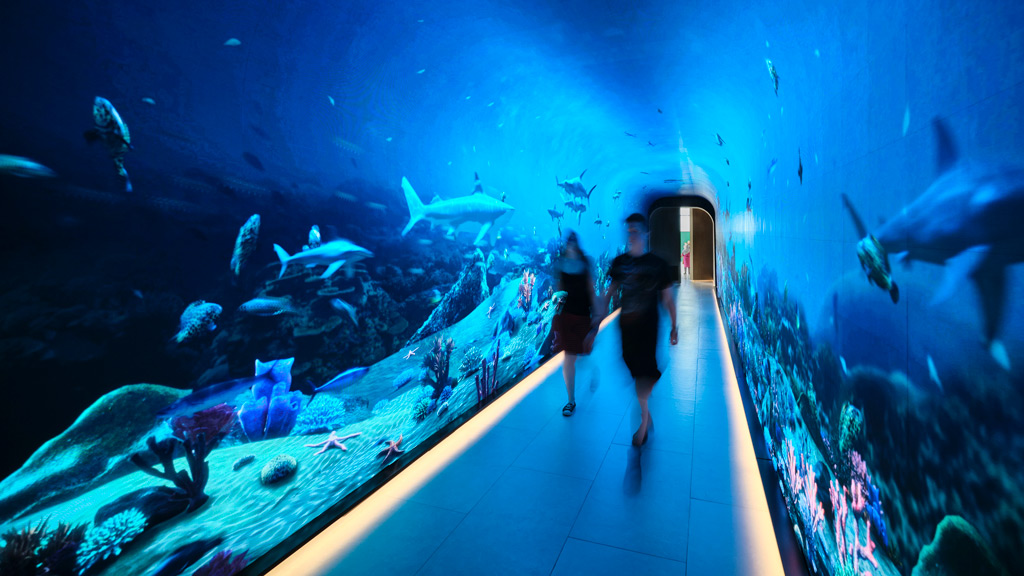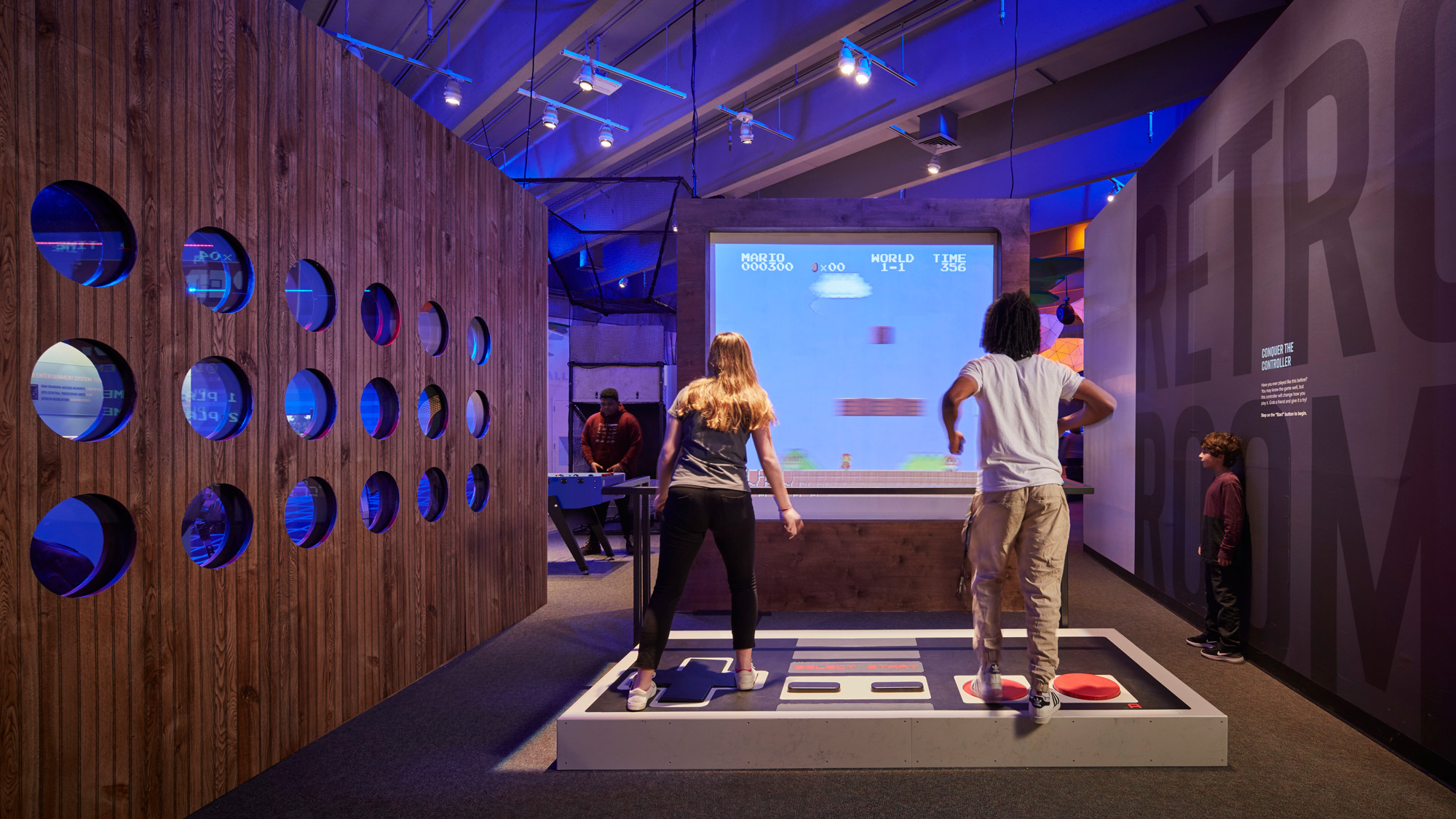The 5 Attributes That Define an Immersive Experience
July 30, 2024 | By Ann Morrow Johnson and Greg Ashton
Five years after COVID-19, we continue to see a renewed and ongoing appreciation for in-person interactions and tangible experiences. We still remember the prolonged period of social isolation, and the resulting shift to remote or hybrid everything — work, entertainment, and socializing — continues to leave many yearning for real-world engagement.
This is a big reason why the concept of immersive experiences has emerged into the mainstream. The ongoing popularity of shows at The Sphere in Las Vegas or the openings of multiple locations of Meow Wolf are testaments to how far this type of entertainment has come.
Whether it’s a unique theatrical production, an interactive art installation, or a transformative event, people are increasingly seeking out opportunities that transport them to new realities and provide memorable moments.
But what exactly constitutes an immersive experience?
These experiences are not just about seeing or hearing but about feeling and participating in a way that engages multiple senses and emotions. When successful, they offer a chance to connect deeply with the present moment and with others.
Gensler Research has identified five key attributes of a truly immersive experience. While there is no one “recipe” for an immersive experience, the most successful ones often activate a majority of these traits
1. They are sensory and emotionally engaging.
To create a rich and compelling environment, these experiences must engage multiple senses. This can include visual elements, sounds, smells, taste, and even tactile sensations. For instance, a dining event that pairs food with corresponding music and visuals can deeply enhance visitors’ connection to the overall event. Multisensory design can create a fuller, more memorable experience that helps people emotionally connect and feel like they are genuinely present in the moment.
2. They are participatory and memorable.
Unlike passive forms of entertainment, immersive experiences often require active participation. This can range from solving puzzles in an escape room to mingling with the characters in an interactive theater performance. The key is to engage with users or visitors long enough to form lasting memories and give them a feeling of agency, rather than being a passive spectator. Participation can be literal, as in games, or more abstract, like feeling a strong emotional connection during a powerful moment in an art installation.
3. An immersive experience will have a distinctive location or setting.
A unique and well-designed setting is crucial. This could be a physical location, such as a themed bar, or a digital environment, like a virtual reality game. The setting should transport participants to another world, making them feel completely absorbed. Whether it’s a meticulously designed physical space or an imaginative digital realm, the location plays a significant role in creating immersion.
4. The experience will have story-driven elements.
Humans are natural storytellers, and a good story can significantly enhance the immersive quality of a space or event. If something is provided to us in story format, we are more likely to latch onto it with our emotions. This could be a linear narrative with a beginning, middle, and end, like the plot of an escape room, or a more open-ended, non-linear story where participants explore a physical or virtual environment at their own pace. A strong narrative framework helps to create emotional connections and makes the experience more engaging and meaningful.
5. There will be an element of transformation.
A transformative element is often what sets these spaces apart from more conventional forms of entertainment. This can be a moment of surprise, discovery, or a change in the environment that shifts participants’ perceptions. For example, a room that physically transforms during an event or an unexpected twist in the storyline can subvert expectations of what’s going to happen next to make it more impactful and memorable. Transformation engages participants more deeply, making them feel a part of the unfolding narrative.
Immersive experiences are reshaping the landscape of entertainment and engagement. They offer a break from the routine and an opportunity to be fully present in a new reality. As we continue to seek meaningful connections and memorable moments, the demand for these rich, multisensory environments will only grow. Whether it’s through sensory engagement, active participation, unique settings, compelling stories, or transformative moments, the power of these experiences lies in their ability to make us feel truly alive and connected.
For media inquiries, email .



